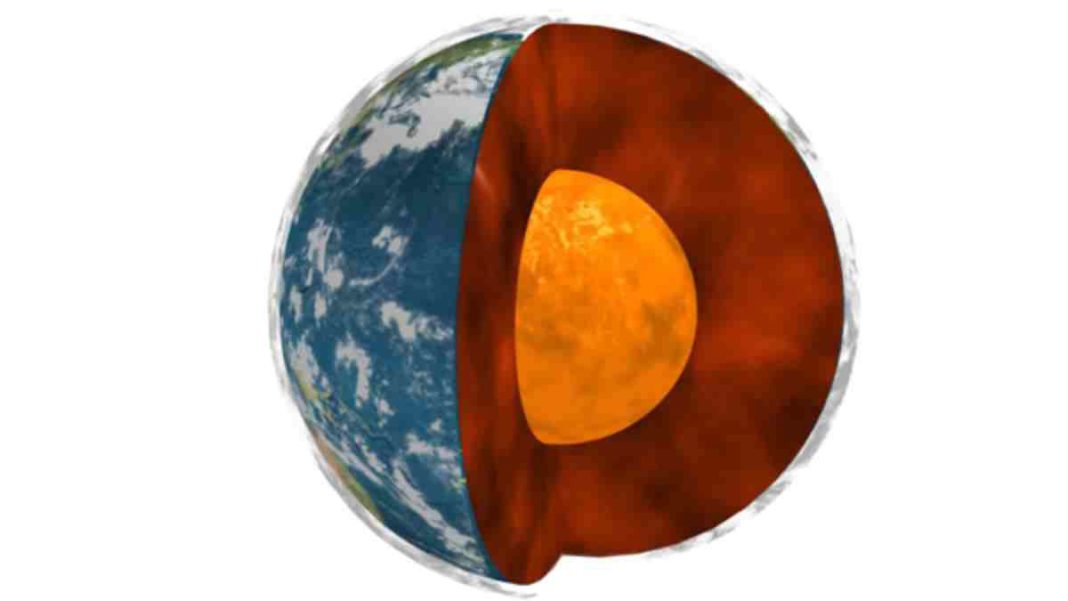CANADA: A team of geochemists from the California Institute of Technology and Woods Hole Oceanographic Institution has identified unusually high levels of helium-3, a rare isotope associated with Earth’s core, in 62-million-year-old lava flows on Baffin Island in Canada’s Arctic Archipelago.
These findings, published in the journal Nature on October 18, 2023, have ignited debates and raised profound questions about the composition and dynamics of the Earth’s core.
Helium-3, an isotope of helium, is a rare element, and its presence is not typically associated with terrestrial volcanic rocks. When helium-3 makes its way to the Earth’s surface, it escapes into the atmosphere and eventually dissipates into space. Therefore, its presence in surface materials like lava suggests a connection to the Earth’s core.
For years, the prevailing belief in the scientific community was that the Earth’s core and its outer layers, including the mantle and crust, were geochemically isolated from one another.
Material was thought not to transfer between these regions. However, this recent discovery challenges this long-held notion, hinting at a more dynamic relationship between the Earth’s core and its surface.
Forrest Horton, a geochemist at Woods Hole Oceanographic Institution, described the situation as “both intriguing and frustrating” since our knowledge of Earth’s core has been limited to its existence.
He stated, “We know very little about Earth’s core; other than that, it exists.” He went on to emphasize that this discovery is “exciting” because it suggests that the Earth’s core might be more dynamic and interconnected with the surface than previously believed.
The discovery of high levels of helium-3 in the ancient lava flows on Baffin Island could hold the key to understanding the formation of our planet. As helium-3 is a primordial isotope, it may contain valuable information about the Earth’s early history that cannot be obtained through any other means.
This revelation opens up the possibility of studying the core material of the Earth, which has been a long-standing challenge in the field of geology.
Nonetheless, it’s important to note that this discovery is far from definitive proof that the Earth’s core is “leaking” in a catastrophic sense.
While the presence of helium-3 in surface materials suggests a connection with the core, further research is necessary to understand the precise mechanisms at play and the implications for our understanding of the Earth’s internal dynamics.
Also Read: Self-Sufficiency in Rare Earth Elements: Chinese Scientists Unearth Game-Changing Niobium-Rich Ore



